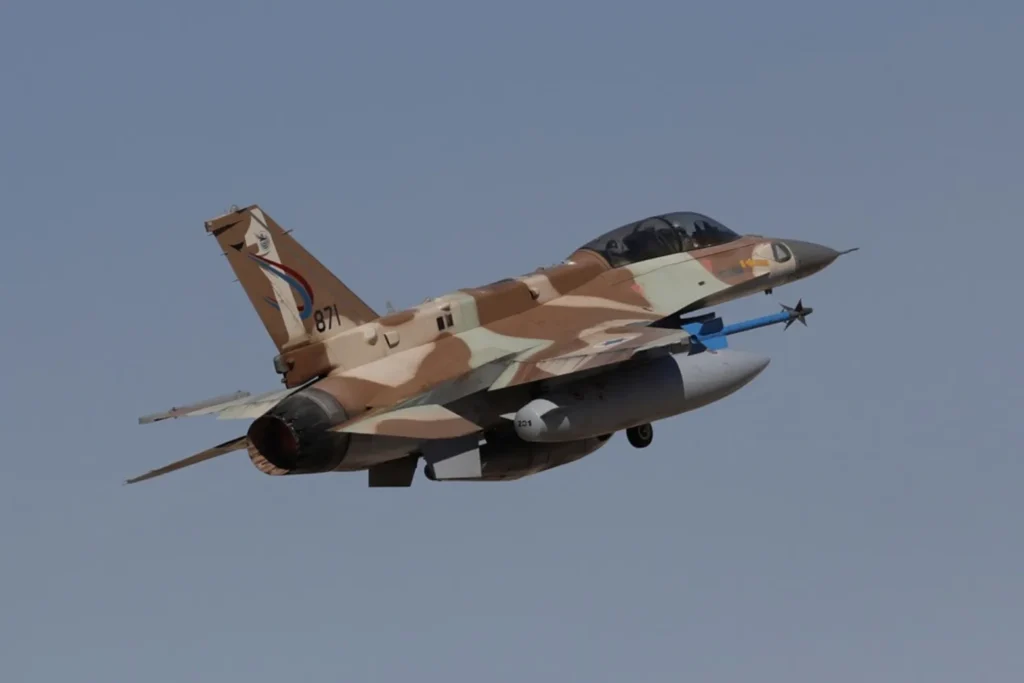Israel’s deepest-ever airstrike targets Iran’s refueling aircraft near holy shrine
Black smoke and flames from Iran’s Mashhad — footage from Israeli media
— RT (@RT_com) June 15, 2025
Israel says it bombed 'Iranian refueling plane at Mashhad Airport'
'Most DISTANT strike since beginning of op' pic.twitter.com/wSmCINqBZv
In a major escalation of the ongoing Israel-Iran conflict, the Israel Defense Forces (IDF) confirmed that its Air Force struck an Iranian aerial refuelling aircraft stationed at Mashhad Airport in northeastern Iran, marking Israel’s longest-range airstrike to date in the current campaign. The targeted airport lies 2,300 kilometers from Israeli territory, making this operation one of the farthest-reaching Israeli military strikes since the historic 1985 Tunisia raid on the PLO headquarters.
Large explosions and fires were reported by Iranian media, with the Fars news agency confirming that two separate locations in Mashhad suffered severe blasts, prompting activation of local air defense systems. The incident has raised alarm due to the proximity of the strike to the Imam Reza shrine, Iran’s holiest Shia site.
This latest operation underscores Israel’s growing operational depth and signals its commitment to crippling Iran’s military and nuclear capabilities as part of its broader strategic campaign, which began earlier this week and has included attacks on refineries, nuclear facilities, and military bases across Iran.
A 2,300 KM Message: Israel’s Longest-Range Strike Hits Iran’s War Logistics
The IDF’s airstrike on Mashhad represents a major escalation in both tactical reach and symbolic messaging. Israeli Chief of Staff Lt. Gen. Eyal Zamir stated that the ongoing campaign is “transforming Israel’s strategic reality” and directly aims at removing what he described as an “existential threat” posed by Iran’s regime.
“We are conducting precise, extensive strikes that the enemy did not anticipate. The path to Tehran is open,” said Zamir during a visit to Israel Air Force’s central command center.
The targeted aircraft was a key refuelling unit, integral to Iran’s air force logistics and long-range operations. Military analysts view this as a calculated move to weaken Iran’s ability to launch coordinated aerial responses or extend its regional military influence.
So far, the Israeli offensive has reportedly killed 406 and injured over 650 in Iran, according to the Washington-based Human Rights Activists group, although official Iranian casualty numbers have not been released. The precision of the strikes, coupled with their geographic spread, indicates a highly coordinated, intelligence-driven campaign to degrade Iran’s strategic capabilities.
From Missiles to Holy Cities: Iran Responds as Shrine Proximity Raises Stakes
In retaliation, Iran has launched a series of missile strikes, with at least 22 missiles hitting Israeli territory, causing casualties and widespread infrastructure damage. Both nations appear locked in a dangerous tit-for-tat escalation with no diplomatic off-ramp in sight.
Mashhad, a religious and population hub, had previously remained untouched in past conflicts. The latest strike there could inflame domestic Iranian sentiments, especially given the sacred status of the Imam Reza shrine, located just kilometers from the impact site.
As the war intensifies, international observers are warning of the risk of a regional spillover, especially with the involvement of Iranian proxy forces in Lebanon, Syria, and Iraq. Meanwhile, Western governments are calling for restraint, but Israel has vowed to continue the operation until its “objectives are achieved.”





















